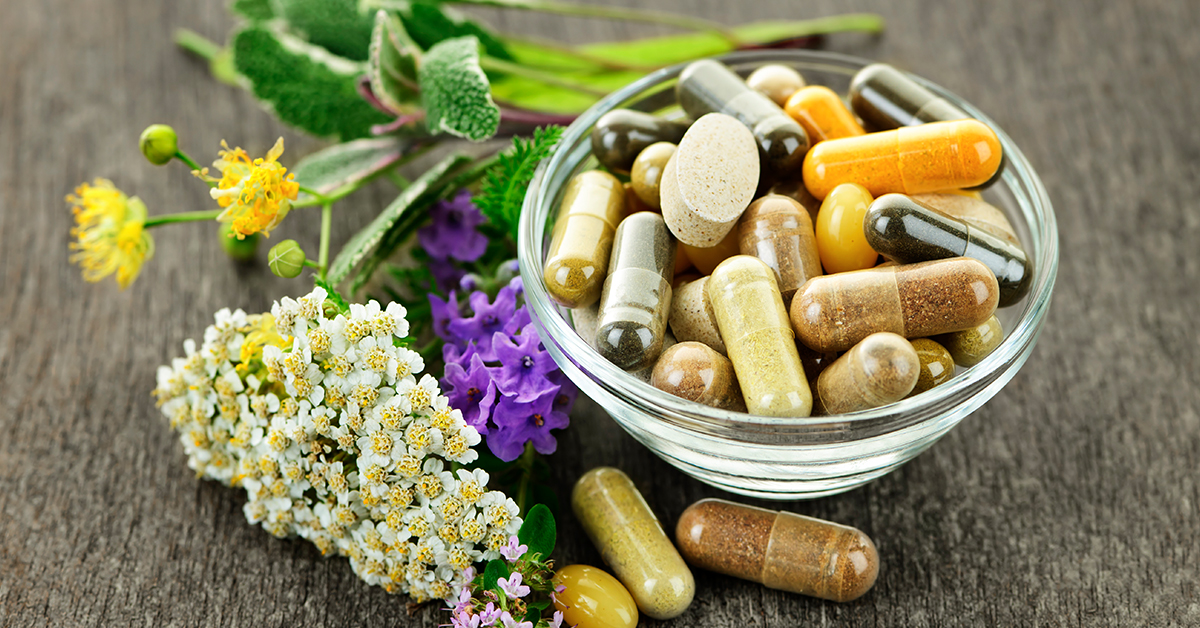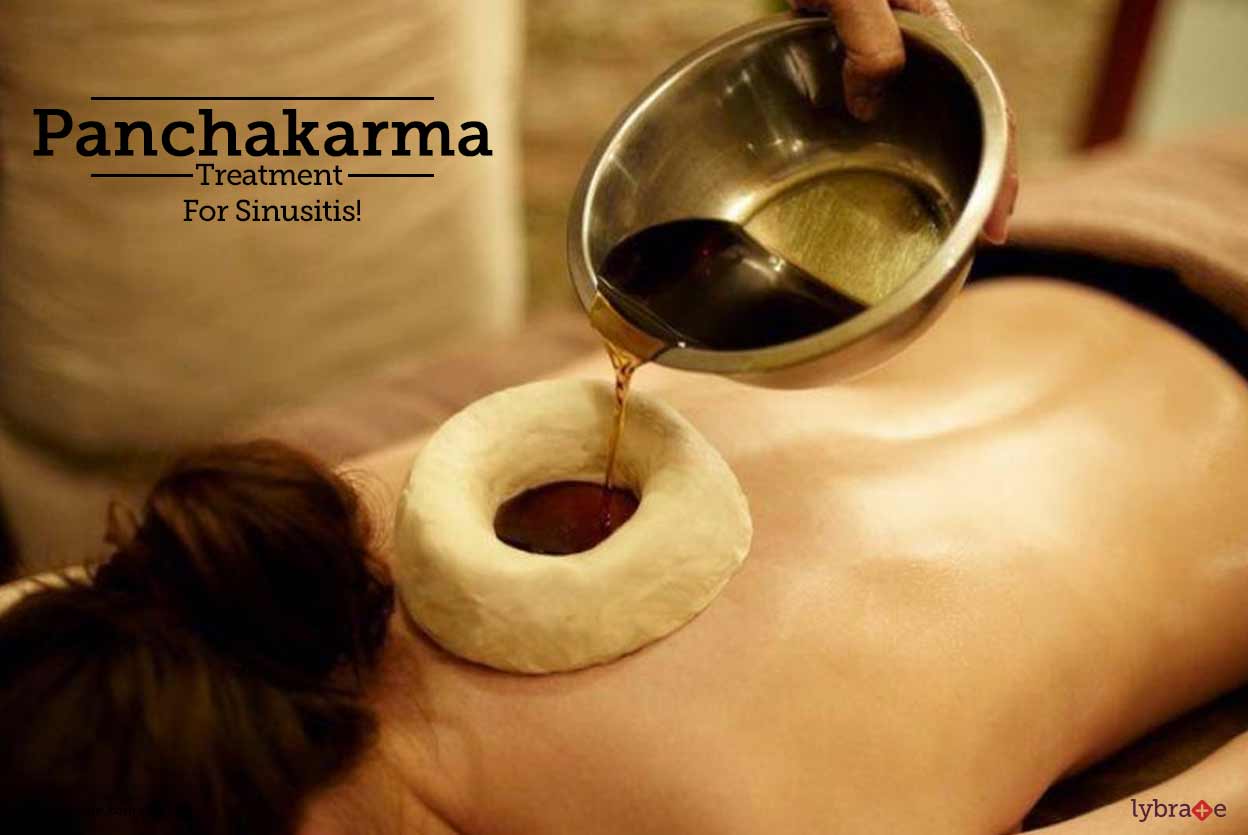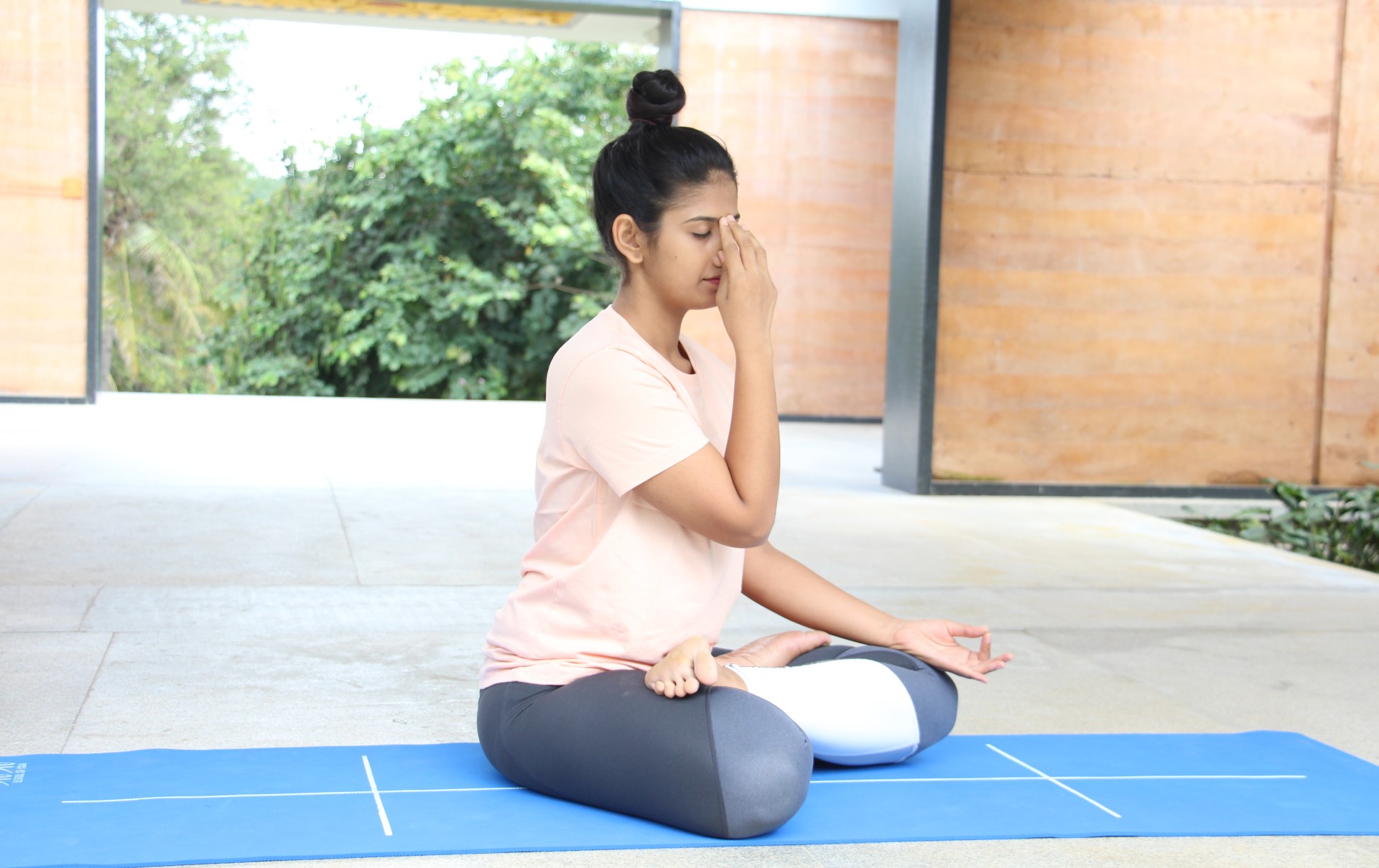Holistic Pain Management in Ayurveda: A Time-Tested Approach
Introduction:
Pain, a universal human experience, can significantly impact one’s quality of life. Ayurveda, the ancient Indian system of medicine, offers a holistic approach to pain management that goes beyond mere symptom relief. In Ayurveda, pain is seen as a manifestation of underlying imbalances in the body and mind. The holistic nature of Ayurvedic practices addresses the root causes, promoting overall well-being.
Understanding Pain in Ayurveda:
Ayurveda recognizes three fundamental energies or doshas—Vata, Pitta, and Kapha—responsible for governing various physiological and psychological functions in the body. According to Ayurvedic principles, an imbalance in these doshas can lead to pain and discomfort. Identifying the doshic involvement is crucial for effective pain management.
- Vata-Related Pain: Vata imbalance is often associated with pain characterized by qualities such as dryness, coldness, and irregularity. Conditions like arthritis, sciatica, and muscle spasms are considered Vata disorders. Ayurvedic treatments for Vata-related pain focus on balancing this dosha through warm, nourishing therapies and lifestyle adjustments.

- Pitta-Related Pain: Pitta dosha, when aggravated, can manifest as inflammation, heat, and burning sensations, leading to conditions like migraines, gastritis, or inflammatory joint pain. Ayurvedic interventions for Pitta-related pain involve cooling and soothing therapies, dietary modifications, and stress management to restore balance.

- Kapha-Related Pain: Kapha imbalance contributes to pain characterized by heaviness, stiffness, and congestion. Conditions like osteoarthritis and respiratory issues often involve Kapha dosha. Ayurvedic approaches for Kapha-related pain focus on stimulating circulation, promoting warmth, and incorporating invigorating therapies to counteract the heavy qualities of Kapha.

Ayurvedic Modalities for Pain Management:
- Herbal Remedies: Ayurveda harnesses the healing properties of numerous herbs to address pain. Turmeric, with its anti-inflammatory effects, is commonly used for joint pain, while Boswellia is known for its anti-arthritic properties. Ginger, ashwagandha, and guggul are also frequently employed to alleviate pain and reduce inflammation.

- Panchakarma: Panchakarma, a cornerstone of Ayurvedic detoxification, involves therapeutic procedures to eliminate toxins and restore balance. Basti (enema), Virechana (purgation), and Nasya (nasal administration) are Panchakarma techniques tailored to address specific doshic imbalances contributing to pain.

- Ayurvedic Massage (Abhyanga): Abhyanga, a traditional Ayurvedic massage using warm oils infused with herbs, is an effective pain management technique. It enhances circulation, reduces stiffness, and promotes relaxation. Tailored to individual doshic needs, Abhyanga is a soothing practice integral to Ayurvedic pain management.

- Yoga and Pranayama: Ayurveda emphasizes the mind-body connection, recognizing the impact of mental well-being on physical health. Yoga postures (asanas) and controlled breathing (pranayama) can help alleviate pain by enhancing flexibility, reducing stress, and promoting overall vitality.

- Dietary Modifications: Ayurvedic dietary guidelines play a crucial role in managing pain. Foods are categorized based on their impact on doshas, and individuals are advised to consume a balanced diet that aligns with their unique constitution. Warm, nourishing foods are often recommended to pacify Vata, while cooling foods help balance Pitta.

- Lifestyle Adjustments: Ayurvedic pain management extends beyond treatments to encompass lifestyle modifications. Establishing regular daily routines, practicing mindfulness, and maintaining a harmonious work-life balance contribute to overall well-being and help prevent the recurrence of pain.

Conclusion:
Ayurvedic pain management offers a comprehensive and personalized approach to address the root causes of pain, emphasizing the interconnectedness of the body, mind, and spirit. By harmonizing the doshas, employing natural remedies, and promoting a balanced lifestyle, Ayurveda provides a time-tested and holistic path towards lasting relief and enhanced well-being. Individuals seeking pain management solutions may find profound benefits in embracing the wisdom of Ayurveda as a complementary approach to conventional medical care.








